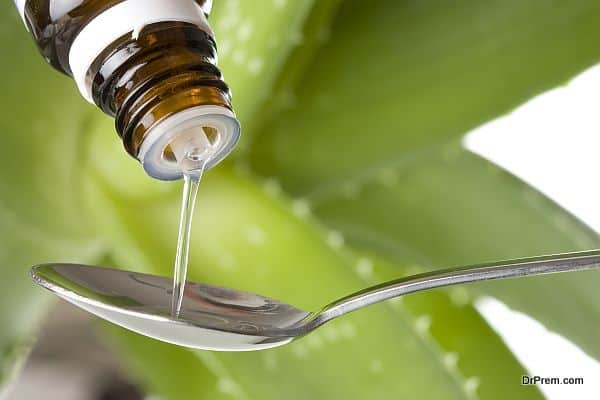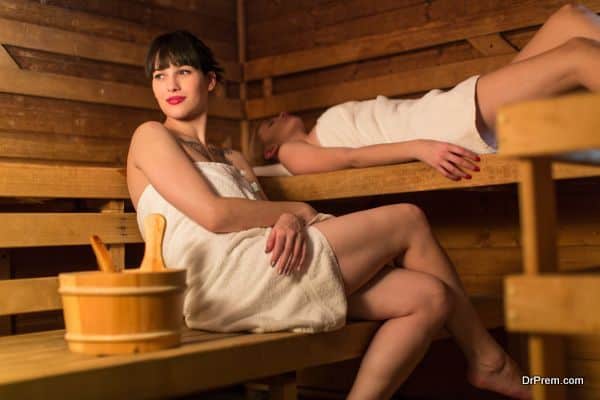History of Homeopathy
It all started with a small dose of mandrake root that Hippocrates prescribed to one of his patients to treat mania in 400 BC. Later, in the 16th century, noted pharmacologist Paracelsus declared that factors or substances that cause illness might also restore one to health.
Samuel Hahnemann came up with the term Homeopathy and its principles, in the year 1807. Homeopathy challenged traditional medicines and therapies that often exacerbate a simple disease, and make it contagious and fatal. Thanks to Hahnemann’s rejection of those traditional practices, his advocacy of lower doses of single drugs helped promote the spiritual and physical connotations of specific diseases and find affordable, simple cures for the same.
However, Olive Wendell Holmes went a step further to discard Hahnemann’s assertions; and declared that his observations are against the law of nature. Hahnemann observed that cinchona doesn’t cure malaria; however, subsequent scientific works confirmed the presence of quinine in cinchona that acts as an eradicator of the Plasmodium falciparum parasite.
Nevertheless, certain homeopathic experiments carried out by Hahnemann and published in MateriaMedicaPura (1810) advocated dilutions of drug doses to preserve the therapeutic properties of substances and remove their harmful effects. Hahnemann’s concept of miasms linked diseases like cancer, jaundice, epilepsy, cataracts, and deafness to psoras. Again, the concept of miasms and psoras was criticized, as it doesn’t provide cure to each disease and patient.
In the 19th century, Homeopathy achieved greater heights of popularity, thanks to some concentrated efforts made by Dr. John Franklin Gray who started practicing it in 1828. In the United States, there were around 22 homeopathic colleges and 15,000 practitioners by the year 1900. Homeopathy became so popular because it was quite successful in curing epidemics. Nevertheless, attributable to criticism from American physicians, the US closed the last school teaching homeopathy in the year 1920.
In the 20th century, homeopathy regained its lost charm in Germany when the Nazi regime spent munificently on researches related to its root mechanisms; still, in the US, it never revived fully. Accordingly, the number of homeopaths practicing in the US dwindled to 75 in 1950s. Greek homeopath George Vithoulkas went on to reform homeopathy practice and paved the way for its global revival.
History of Steam Bath
Wellness tourists mostly undertake their journeys to far off places to enjoy the therapeutic benefits of Steam Bath. If we delve into the historical background of steam bath, we would relate it to the ancient Greece, Roman Empire, Turkey and Russia. Greeks were so attracted toward the natural steam bath facilities that they spent lavishly to create several of them.
The ancient Greeks realized the therapeutic and physical advantages of steam bathing offered them long-lasting comfort and relief. Though initially steam bathing was reserved for the aristocracy alone, gradually the commoners had access to this luxury. Subsequently, the Romans came up with sudatorium or concameratasudatio – a vaulted sweating-room in the Roman baths.
Regardless of their socioeconomic status, Roman people used public baths that drew heat from natural hot springs. Another popular form of steam bath, the Turkish bath became popular during the Victorian era, which closely resembles to ancient Roman and Greek bathing practices. The Victorian Turkish bath differs from the hammam as the former employed dry hot air coupled with a plunge in a cold pool.
Next, we have banya, or the Russian bath that refers to several baths popular in Eastern Europe. The East Slavic Primary Chronicle of 1113 provides an early description of the banya. Finnish smoke saunas are closely related to Russian banya. The North American sweat lodges created by American Indians were recorded as early as 1643, which were quite similar to the smoke saunas of Finland. Before the arrival of Europeans in Mesoamerica, the natives used to utilize sweat lodges to access the myriad health benefits of steam bath.
Finally, we have the Japanese Onsen. The great Buddhist monk Kobo-daishi established the Izu-Yugawaraonsen at Shuzenji temple in the year 807 during Heian era. Situated next to the Tokaido, a busy path that connects then-capital Edo with the then-imperial palace in Kyoto, Izu-Yugawara area flourished tremendously during the Edo era.












